Lunar New Year’s Day
Advice and Guide, Interesting Stuff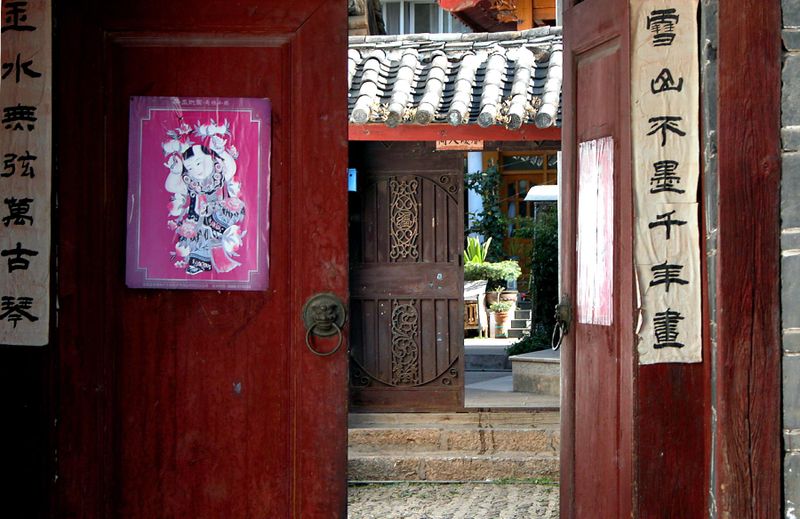
Hand-painted Chinese New Year’s poetry pasted on the sides of doors leading to people’s homes
Lunar New Year’s Day is the first day of the year, according to the traditional lunar calendar. The Lunar New Year is China’s most important traditional holiday. However, this holiday is not just one day; rather it encompasses an extended period of time, often lasting until the fifteenth day of the first lunar month. In northern China, the first meal of the New Year is boiled jiaozi (stuffed dumplings). In the south, it is niangao (New Year’s cake).
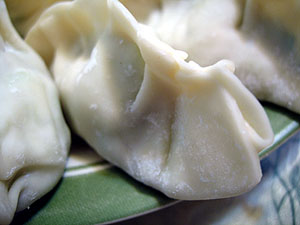
Most Northerners serve dumplings as the main dish in this festive season and many Chinese around the world do the same. It is believed that dumplings (餃子, jiǎozi) resemble ancient Chinese gold ingots (金元寶, pinyin, jīn yuán bǎo).
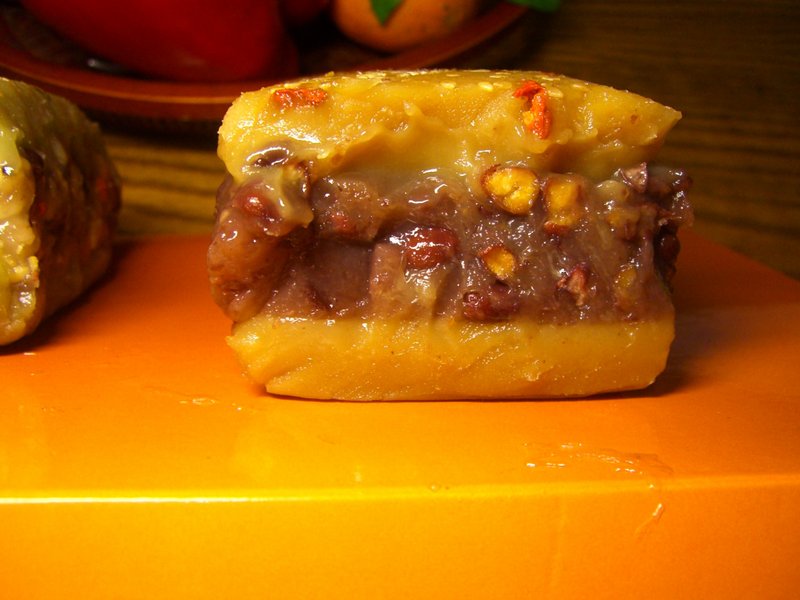
Niangao (Chinese New Year lucky cake) red beans paste between two layers of longane flavoured rice paste
In Chinese, niangao is a homonym of the phrase “higher every year,” signifying the wish for steadily increasing prosperity. New Year’s cake is made with glutinous rice and short grain rice, plus sweet osmanthus sugar, lard, nuts, and candied fruit added according to taste. New Year’s cake can be steamed, boiled, deep-fried, or stir-fried. Its sweet taste and chewy texture make it a favorite holiday treat. After the first New Year’s Day meal is eaten, offerings are made to the ancestors in the family ancestral hall. After consulting the almanac to determine the luckiest route, the family sets out on a procession, bearing lanterns and offerings to the auspicious deities, burning incense, and setting off firecrackers. When they reach the temple, they burn more incense, pay their respect to the deities, and entreat them for good fortune in the coming year. Another Spring Festival tradition is gathering sesame stalks into bundles. The height and straightness of the bundle symbolizes high achievements in the coming year. No Spring Festival would be complete without the sound of firecrackers. Firecrackers and fireworks are traditionally set off on New Year’s Eve and on Dragon Boat Festival, the fifth day of the New Year. In addition, it is also customary in many regions to set off fireworks early in the morning of New Year’s Day, when the front door is first opened for the day. This tradition, known as “front door firecrackers,” is meant to welcome the first day of the new year. Another distinctive Spring Festival activity is the custom of making New Year’s calls to friends and family in the first days of the New Year. Today, there are a number of new ways of conveying New Year’s greetings. In addition to paying New Year’s calls, people send New Year’s cards, make phone calls, send electronic greeting cards, or use cell phones to send short text messages , visit relatives/friend with Mandarin oranges as well as red packets to the children that reflect good luck and honorability.
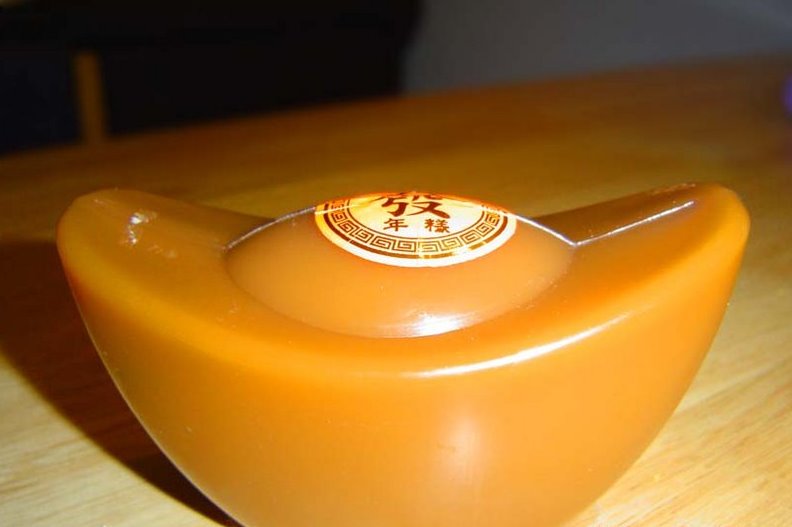
This is an image of how a 金元宝 (Jin Yuanbao) (ancient Chinese golden ingot) will look like. These gold ingots were transacted as a form of monetary currency in ancientChina. Silver nuggets of this shape were also available and is valued lower than that of gold. In actuallity, this is a Chinese pudding cake that’s usually on popularly on sale during Chinese New Year, which signifies wealth and prosperity for the new year.
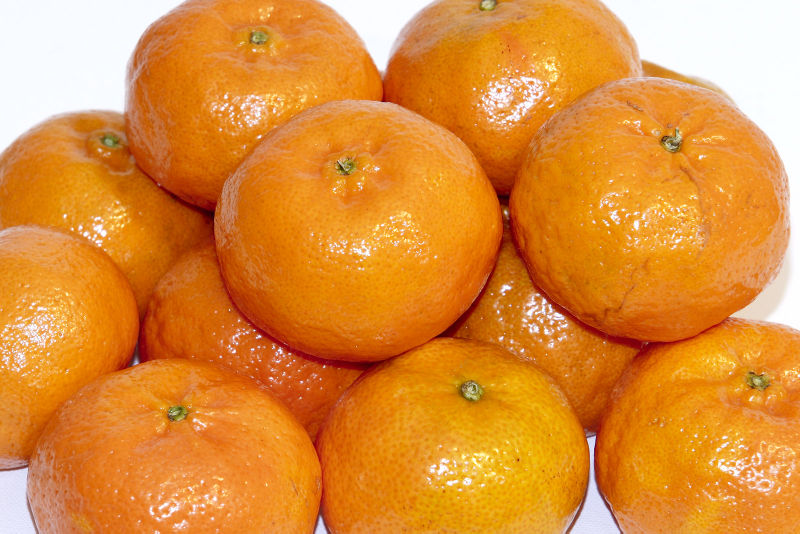
Mandarin oranges are the most popular and most abundant fruit during Chinese New Year — jin ju (金橘子) or kam (金) in Cantonese.
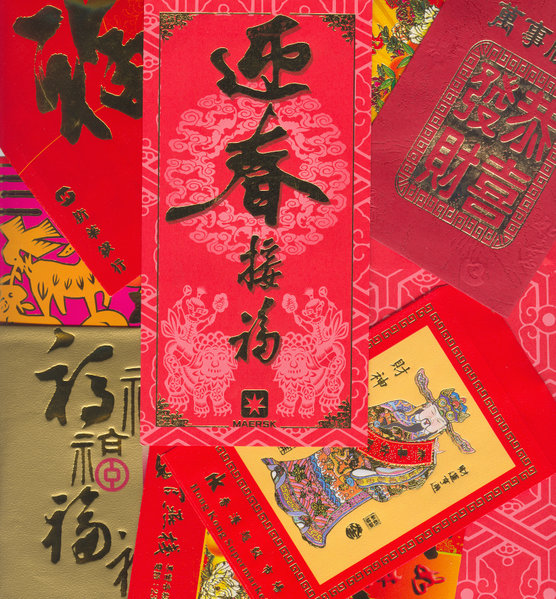
A red envelope or red packet (Traditional Chinese: 紅包; Simplified Chinese: 红包; pinyin: hóng bāo) is a monetary gift which is given in Chinese society. The name comes from the red envelope in which the money is contained. It is called lai si (also transcribed lai see) (利是, 利市 or 利事) in Cantonese, Ang Pao in Min Nan/Taiwanese and Pung Pao in Hakka.
Red envelopes are often presented on social and family occasions such as a wedding reception or a holiday such as Chinese New Year (in which context it is also known as yāsuì qián, Traditional Chinese: 壓歲錢).
The purpose of the red packet is that the red color of the packet symbolizes good luck. The cash amount contained within is not important but is required to be of an even number as odd numbers are related to cash given during funerals (帛金 Bai Jin).
During Chinese New Year, a hóng bāo is typically given by married to the unmarried. Any unmarried individual is eligible regardless of age.